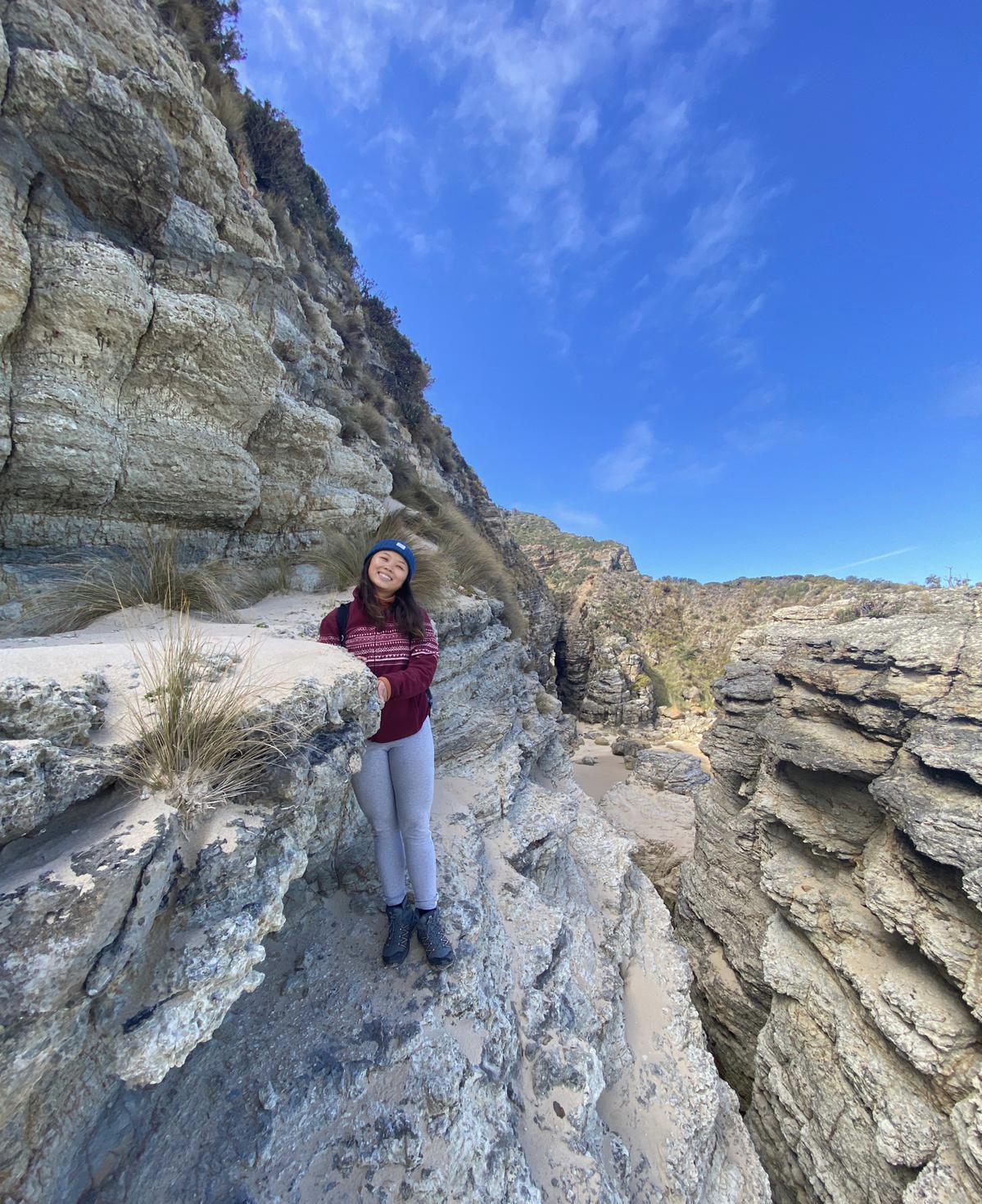Are you seeking adventure and ready to explore Cuba solo? Look no further! In this ultimate guide, we have curated everything you need to know to plan a safe and memorable trip to Cuba.
From packing tips to health preparations, safety concerns, and connecting with other solo travelers, we have got you covered.
Last updated on: 02-01-2024
Is Cuba safe for solo travelers?

Cuba is generally considered safe for solo travelers, including solo female travelers. While there may be some challenges and annoyances, such as catcalling and unwanted attention, violent crime is rare.
Cuba holds the 99th spot on the Global Peace Index. The GPI is a creation of the Institute for Economics and Peace (IEP) and stands as the foremost global measure of worldwide tranquility.
Here are some key points to consider:
- Cuba is generally safe for solo travelers, with low rates of violent crime.
- It’s important to exercise caution and use common sense, especially when walking alone at night or in desolate areas.
- Organized tours and free walking tours can be a great way to meet people and stay safe.
- It’s recommended to avoid taking the bus and instead use taxis, such as Taxi Colectivos, which are more comfortable and efficient.
- Cubans are generally friendly and eager to help tourists.
Recommended vaccinations for Cuba
Consult with a healthcare professional to determine the recommended vaccinations for traveling to Cuba. Common vaccinations for travelers include:
- Hepatitis A
- Tetanus
- Typhoid.
Important: consult your local doctor or the website of Centers of Disease Control and Prevention for actual information about vaccinations.
It’s also advisable to be up to date on routine vaccinations such as measles, mumps, and rubella. Depending on your travel plans, additional vaccinations like hepatitis B or rabies may be recommended.
Don’t forget to bring your vaccination records with you when traveling to Cuba for a smooth and worry-free trip.
What is the best time to travel to Cuba?
Consider visiting during the dry season, which spans from November to April, as this is when you can expect the best weather. The wet season runs from May to October.
On the other hand, it’s advisable to avoid traveling to Cuba during the hurricane season, which runs from June to November, as it can disrupt your travel plans.
The best time to travel to Cuba depends on your preferences and priorities. Here are some key points to consider:
- Cuba has a semi-subtropical climate that is generally warm year-round.
- March to mid-April is considered the most pleasant time to visit Cuba, with warm and sunny weather without summer humidity or storms.
- July and August are popular with those who don’t mind navigating around stormy afternoons, but it’s also the hottest time of the year.
- Hurricane season is from June through early November, with the likelihood of a hurricane more likely to occur in August through October.
- Prices may be slightly lower in January-February, when night-time temperatures drop, but the rain stays away and the sun shines.
- The cheapest months to go to Cuba are May to early June and mid-September to October.
- Festivals of all kinds occur year-round, such as Carnival in August and International Workers’ Day in May.
Connecting with other solo travelers in Cuba
When traveling solo in Cuba, connecting with other solo travelers can enhance your experience and provide opportunities for new friendships. Joining online travel communities or forums is a great way to connect with fellow solo travelers visiting Cuba.
Consider downloading a travel buddy app or participating in group tours or organized activities, as they provide a platform to meet like-minded travelers.

Engaging in social activities such as bar crawls or cultural experiences is another best way to connect with other tourists.
Additionally, staying in accommodations that promote social interaction, such as hostels or guesthouses, can increase your chances of meeting fellow solo travelers.
5 Dishes you must try in Cuba

Cuban cuisine is a blend of Spanish, African, and Chinese influences, resulting in a unique and flavorful culinary culture. Here are five must-try dishes in Cuba:
1. Ropa Vieja – This is one of the most popular dishes in Cuba and consists of shredded flank steak stewed in a rich tomato sauce with onions and bell peppers. It is typically served with rice and fried plantains.
2. Picadillo – This is a local favorite and is made with ground beef, onions, garlic, tomatoes, and raisins. It is typically served with rice and black beans.
3. Yuca Con Mojo – This is a simple dish of cassava topped with a sauce made of bitter orange for a pop of flavor. It is often served with roast pork.
4. Tamales – This corn-based classic is made differently in Cuba, with meat mixed with the dough rather than as a filling, as in the Mexican tamale. Tamales are very common all over Cuba.
5. Boliche – This is a traditional Cuban dish comprising of eye round beef roast stuffed with chorizo sausages. The beef is simmered in water with plenty of onions for flavor and is typically enjoyed with rice and black beans.
Other notable dishes to try in Cuba include Arroz con Pollo (chicken and rice), Lechon Asado (roast pork), Chicharrones (fried pork rinds), and Medianoche (a type of sandwich). Cuban bread and coffee are also must-try items.
What does a 7-day solo trip to Cuba cost?
The cost of traveling to Cuba for two weeks can vary depending on your travel style, activities, and other expenses. Here are some rough estimates:
- For a budget traveler, you can expect to spend approximately $30 to $50 per day in US dollars, including accommodation, food, and transportation.
- A typical seven-day trip to Cuba costs anywhere from $1,200 to $3,000 USD, including flights, accommodation, and insurance.
- The average price of a 7-day trip to Cuba is $833 for a solo traveler, $1,399 for a couple, and $936 for a family of 4. Cuba hotels range from $28 to $129 per night with an average of $45, while most.
- If you’re going to be traveling on a tight backpacker budget, you’ll find you can get by for as little as $20 a day. As a mid-range traveler, you can expect to spend $120 a day. And if you’re looking for a taste of luxury, the sky’s the limit, but in general, you can expect to average $300 a day.
Overall, the cost of traveling to Cuba for two weeks can range from $600 to $4,200, depending on your travel style, activities, and other expenses.
It’s important to keep in mind that these are rough estimates and actual costs may vary depending on your preferences and priorities.
7-Day itinerary for a memorable solo trip in Cuba

Here is a suggested 7-day itinerary for solo travelers in Cuba:
Day 1:
- Arrive in Havana and check into your accommodation.
- Explore Old Havana, including Obispo Street, Plaza de Armas, and Hotel Ambos Mundos.
- Enjoy a mojito break at NOA and dinner at Habana 61.
Day 2:
- Visit the Colon Cemetery and stop at Cuba Libro for coffee and a bookstore visit.
- Dine at one of the privately owned paladares.
- Dance the night away at Disco Ayala, a nightclub inside a cave.
Day 3:
- Take a day trip to Viñales and explore the tobacco fields and caves.
- Enjoy a sunset at the Mirador Los Jazmines.
Day 4:
- Visit the Museum of the Revolution and the Malecon.
- Dine at La Guarida, a famous restaurant in Havana.
Day 5:
- Take a day trip to Varadero and enjoy the beautiful beaches.
- Visit the Bellamar Caves and the Saturno Cave.
Day 6:
- Visit the Bay of Pigs and the Zapata Swamp.
- Enjoy a snorkeling or diving excursion.
Day 7:
- Visit the Christ of Havana statue and the Morro Castle.
- Relax and enjoy your last day in Havana.

Tip (no advertisement): for planning your route, we can recommend using the Stippl app.
This itinerary includes a mix of sightseeing, beach time, and outdoor activities, giving you a taste of what Cuba has to offer.
The Role of Spanish Language in Enhancing Your Cuban Experience
Knowing Spanish can greatly enhance your solo travel experience in Cuba. By being able to communicate effectively with locals, you can truly immerse yourself in the culture and gain a deeper understanding of Cuban history and traditions.
Practice basic phrases and engage in conversations with native speakers to further enhance your linguistic skills. Embracing the opportunity to improve your Spanish language abilities while exploring Cuba will not only enrich your travel experience but also open doors to meaningful interactions with the local community.

Tip: use apps like Duolingo to improve your language skills when you have a spare moment.
(no advertisement)
Conclusion
In conclusion, solo travel to Cuba can be an incredibly enriching and fulfilling experience. With careful planning and preparation, you can ensure a safe and memorable trip.
Remember to prioritize your safety by staying aware of your surroundings and connecting with other solo travelers. Embrace the opportunity to immerse yourself in the vibrant Cuban culture and explore the beautiful landscapes and historic sites.
Whether you’re indulging in the delicious Cuban cuisine or learning some Spanish phrases, each experience will contribute to a truly unforgettable journey.

Midori, the Chief Explorer at Likeplan, is deeply passionate about travel and dedicated to connecting travellers to enrich their journeys and create unforgettable experiences. With a wealth of solo trips under her belt, she is on a mission to empower people to venture out and explore the world, even when they have to do it alone.
